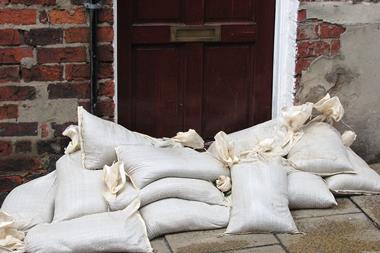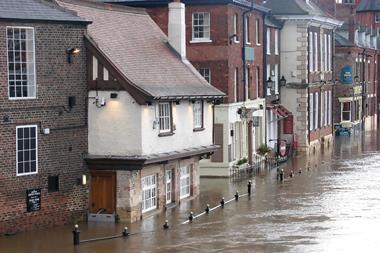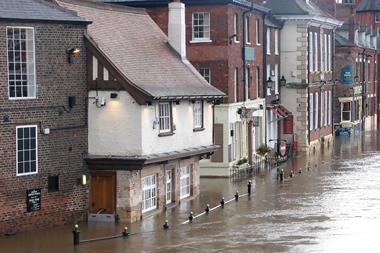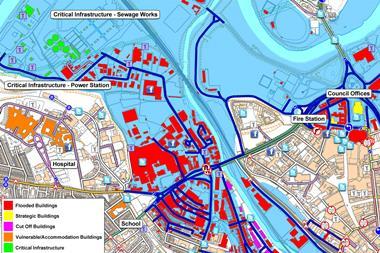Government still debating the future of flood insurance
The Department for Environment, Food and Rural Affairs (Defra) is now working out the details of the replacement to the statement of principles on flood insurance, according to Defra minister Richard Benyon.
In a written answer to a question from Tory MP Nigel Adams on the issue on Friday, Benyon said: “We are looking to develop with insurers a model that delivers benefits to households in need of support, while avoiding poorer policyholders subsidising wealthier ones.
“A number of options are under consideration, including an industry-led levy that would allow policyholders in high flood-risk areas to continue to secure affordable insurance without having an impact on bills more generally since it would reflect existing pricing arrangements.
“Our priority is to resolve detailed design issues. Ministers continue to meet regularly with representatives from the insurance industry, including with the ABI regarding the future of flood insurance. As was the case with previous administrations, it is not the government’s practice to provide details of all such meetings.”
Benyon also promised further announcements on the issue “in due course”.
Elsewhere, catastrophe modelling firm Perils AG has launched a mapping tool that can help insurers handle the aftermath of flooding.
The tool was developed with the European Space Agency and is supported by firms including Allianz, EQECAT, Guy Carpenter, Munich Re, Swiss Re and Willis. The flood maps can be updated daily, depending on the severity and duration of future flooding.
Perils chief executive Luzi Hitz said: “We are glad to be able to act as a distribution platform for satellite earth observation information for major global flood events. This fits perfectly with Perils’ overall strategy to provide ready-to-use data to the insurance industry to help improve the understanding of nat cat risk.”
Perils head of sales and products Eduard Held said: “While it has been possible to access satellite images in the past, this is the first time that insurers will be able to access images which have been standardised to better suit their specific requirements.”





































4 Readers' comments